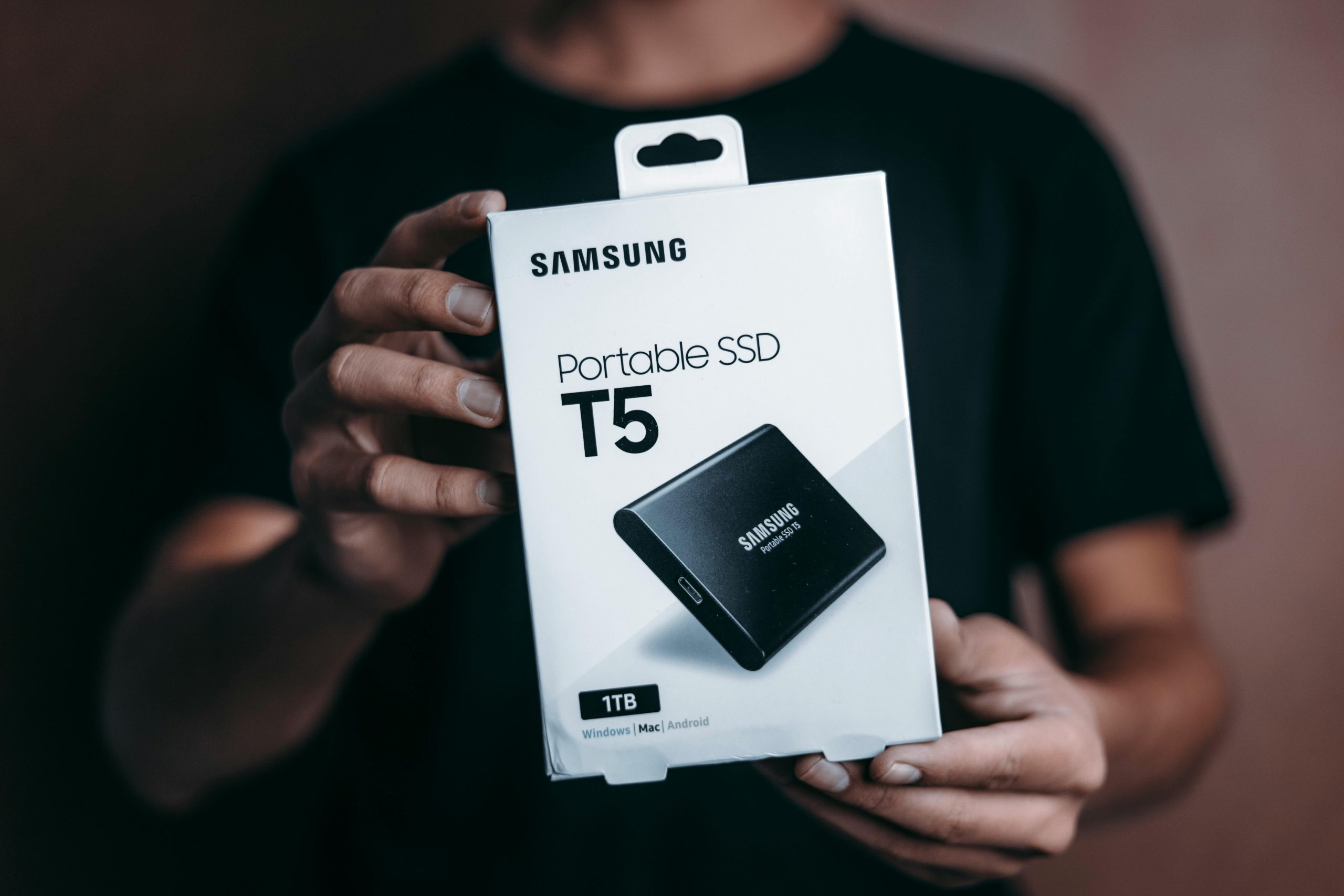Troubleshooting BIOS Recognition Issues with M.2 SSD After Secure Erase+ on B650 Pro WiFi Motherboard
Recently, I encountered a technical challenge involving my B650 Pro WiFi motherboard and an M.2 SSD. After performing a Secure Erase+ operation, my BIOS no longer recognized the drive in the Boot Order list, though it remained visible under System Status. This situation prevents me from formatting the SSD through Windows installation media, complicating reinstallation of the operating system.
Understanding the Scenario
In many modern motherboards, especially those based on B650 chipsets, the BIOS plays a crucial role in detecting and managing connected storage devices. When an SSD disappears from the Boot Order, it suggests a potential issue with how the motherboard detects or registers the drive post-erase.
In my case, despite the SSD still appearing under “System Status,” it was absent from the Boot Sequence, preventing me from selecting it as a boot device and effectively hindering OS installation or reformatting.
Possible Causes
- Secure Erase+ Reset Populated Settings: The secure erase operation may have altered drive configurations or reset certain BIOS settings.
- Drive Mode Settings: Changes in SATA mode (e.g., from AHCI to RAID or other modes) can affect device visibility.
- Partition or File System Issues: Post-erase, the drive might be uninitialized or lacking a recognized partition scheme.
- BIOS Firmware or Settings Update Needed: Outdated BIOS or misconfigured settings can lead to detection problems.
Step-by-Step Troubleshooting
-
Enter BIOS and Verify Storage Settings
-
Restart your system and enter BIOS setup (commonly by pressing Del or F2 during boot).
- Navigate to the Storage or SATA configuration section.
-
Ensure that the M.2 slot (M2_1) is enabled and set to the correct mode, such as AHCI.
-
Check if the Drive is Recognized in BIOS
-
Under “System Status” or similar, confirm that the SSD appears as “Healthy” or “Detected.”
-
If it appears here but not in the Boot Order, proceed to the next step.
-
Manually Add the Drive to Boot Priority
-
Some BIOS configurations allow manual addition of devices to the boot sequence.
-
Try to manually select the drive or create a boot option pointing to the SSD if possible.
-
Initialize or Partition the Drive
–
Share this content:



